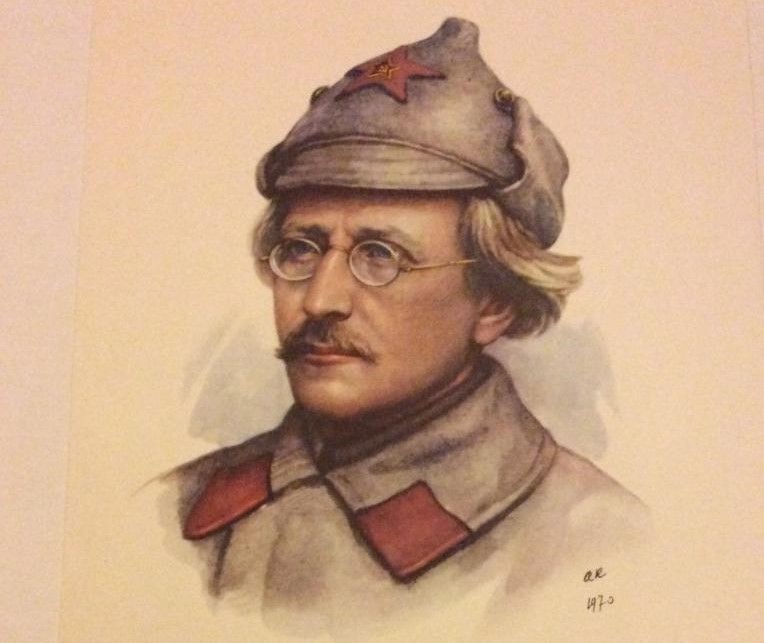First they were shot, then they were acquitted: Who is Vladimir Antonov-Ovseenko?
One of the most important military figures of the founding period of the Soviet Union. Despite the benefits he showed to his country, he was shot first; years later he was "acquitted".

(1883-1939) Soviet politician. After the October Revolution, he commanded the Soviet armies. Vladimir Alexandrovich Antonov-Ovseenko was born in Chernigov. He is the son of an officer. In 1902 he became a member of the Russian Social Democratic Labor Party. He joined the Mensheviks in 1904. He graduated from the military school in Petersburg in the same year. He became the military organizing representative of the Petersburg Committee of the Russian Social Democratic Labor Party. He organized military uprisings in Poland and Sevastopol during the 1905 Revolution. He was arrested many times and sentenced to death in 1906. His sentence was later commuted to a 20-year labor camp sentence. Escaping the labor camp, Antonov-Ovseenko organized party work in Finland, Petersburg, and Moscow.
Vladimir Alexandrovich Antonov-Ovseenko (9 March 1883 – 10 February 1938), real surname Ovseenko, party aliases 'Bayonet' and 'Nikita', literary pseudonym A. Gal, was a prominent Bolshevik leader, Soviet statesman, military commander, and diplomat.
In 1910 he went to France, where he came into close contact with Trotsky and the Mensheviks. Meanwhile, he wrote articles for the socialist magazines Golos, Naşeslovo, and Naçalo. He attended the Zimmertvald Congress, organized by socialists who opposed the support of national governments in World War I and aimed to turn national wars into revolutionary civil wars aimed at the overthrow of governments. He returned to Russia in 1917 and joined the Bolshevik Party. In July of the same year, during the riots that broke out against the Kerensky Provisional Government, he was arrested and sent to Kreşti Prison with Trotsky.
As secretary of the Petrograd Revolutionary War Committee in the October Revolution of 1917, he led the revolutionary forces in the capture of the Winter Palace and the arrest of members of the Kerensky Government. He was elected to the Council of People's Commissars at the All-Russian Congress of Soviets convened on October 26 (November 8).
He commanded Soviet troops against the White Army from late 1917 to early 1918. He then commanded the Soviet armies in Southern Russia. In 1919 he led the troops on the Ukrainian front and in the Petrograd region. In 1919-1920 he was chairman of the Tambov Region Executive Committee. He suppressed the peasant uprising in the Tambov region and the Kronstadt Revolt. Between 1922 and 1924, he was the chairman of the Revolutionary Republic War Council Political Management. Between 1923 and 1927 he was a member of the Trotskyist opposition. In 1924, he was dismissed from the military and appointed to foreign affairs. He left the opposition in 1928, saying that he had disagreements with Trotsky since 1915.
He served in the Soviet embassies in Czechoslovakia in 1924, in Lithuania in 1928, and in Poland in 1930. He worked as Soviet Consul General in Barcelona between 1936-1937. He held high military posts during the Spanish Civil War. After General Franco won the civil war, he was appointed Commissioner of Justice and returned to the Soviet Union. After a while, he was arrested and shot without being put on trial.
He was acquitted after the 20th Party Congress in 1956.
